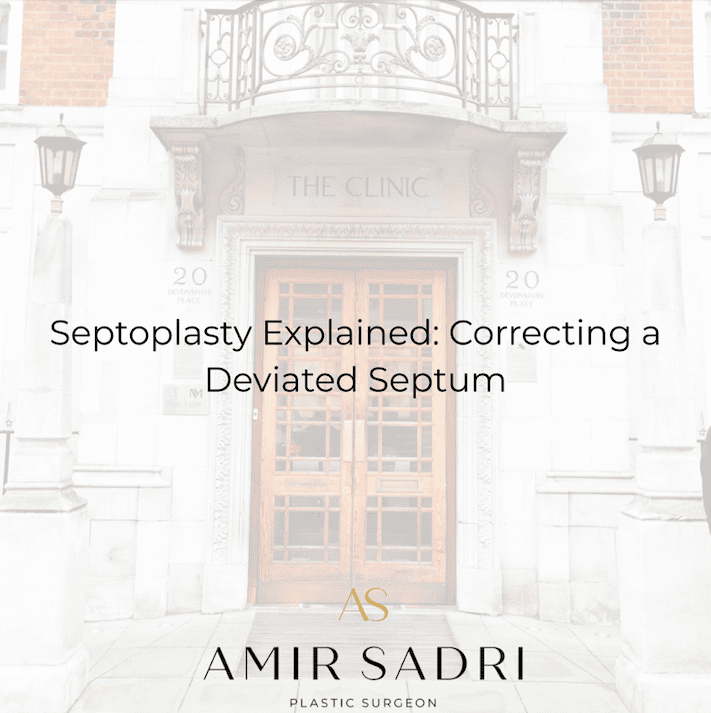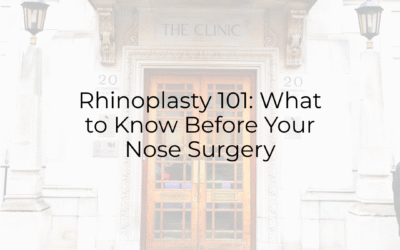A deviated septum is a condition where the thin wall of bone and cartilage separating the nostrils (the nasal septum) is shifted or crooked. For some, this misalignment creates no noticeable symptoms, but for others, it can result in breathing difficulties, nasal congestion, sinus infections, or snoring. When these symptoms significantly impact quality of life, septoplasty—a surgical procedure aimed at straightening the septum—may be recommended.
What Is Septoplasty?
Septoplasty is a surgical procedure that corrects a deviated septum by repositioning and straightening the nasal septum. Performed by an otolaryngologist (ear, nose, and throat specialist), the surgery focuses on improving airflow through the nasal passages and alleviating associated symptoms.
The procedure typically begins with anesthesia to ensure patient comfort—local or general anesthesia may be used depending on the case. During the surgery, the surgeon makes a small incision inside the nostril to access the septum, removes or repositions obstructive parts of cartilage and bone, and then carefully sutures the septal tissue back into place. The entire procedure usually lasts between 30 to 90 minutes.
Benefits of Septoplasty
The primary goal of septoplasty is to restore proper nasal function. After surgery, patients often experience easier breathing, reduced nasal congestion, and fewer sinus infections. For individuals suffering from sleep disturbances like snoring or sleep apnea due to a deviated septum, septoplasty can also contribute to improved sleep quality. Beyond the medical benefits, some patients notice enhanced overall comfort as nasal airflow symmetry is restored.
Recovery and What to Expect
While septoplasty is generally safe, recovery is an important phase of the process. Most patients can return home on the same day as the procedure. Mild discomfort, swelling, and nasal congestion are common during the first week of recovery but typically subside within a couple of weeks. To support healing, surgeons often recommend avoiding strenuous activities, blowing the nose, or engaging in sports that may risk nasal injury.
Additionally, follow-up appointments are key to ensure proper healing and address any concerns. While most patients experience successful outcomes, some may require minor additional procedures to achieve optimal results.
Is Septoplasty Right for You?
Determining if septoplasty is the right solution depends on the severity of your symptoms and the impact on your daily life. Consult with a qualified ENT specialist to assess your nasal condition and explore treatment options. Diagnostic tools like nasal endoscopy or imaging can help confirm the presence and severity of a deviated septum.
Ultimately, septoplasty is a highly effective procedure for those suffering from significant breathing issues or discomfort caused by a deviated septum. With minimal risks and the potential for life-enhancing benefits, it remains a trusted solution for restoring nasal function and improving overall quality of life.



